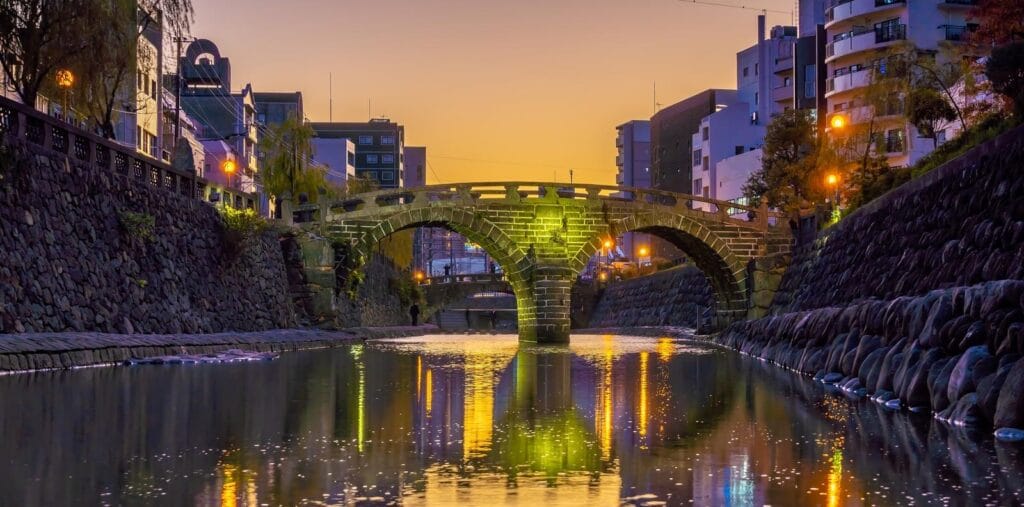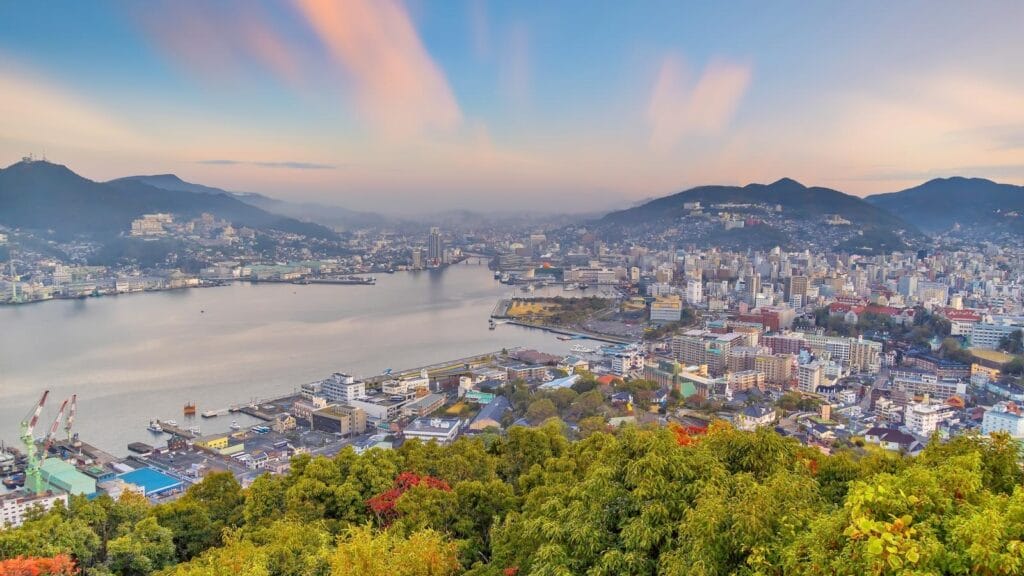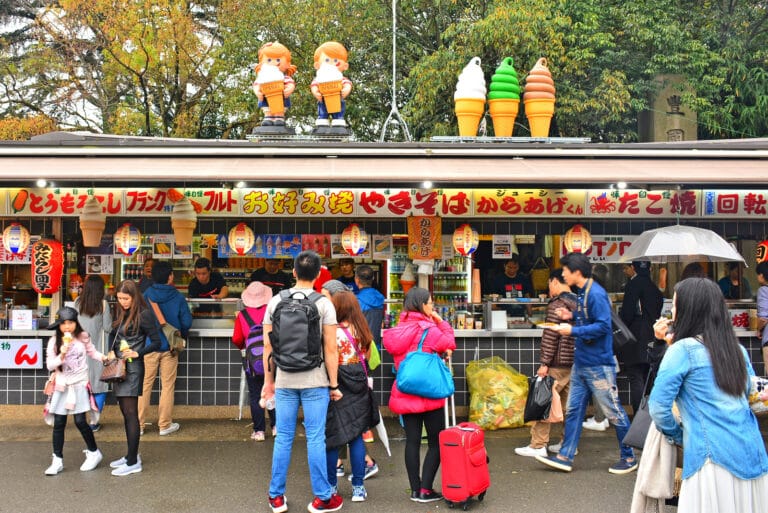Finding your way through Kyushu’s train system doesn’t have to be complicated when you’ve got the right strategy.
I’ll help you maximize your rail experience with these essential tips: Choose the right rail pass (All Kyushu, Northern, or Southern) based on your itinerary, decide between lightning-fast Shinkansen or scenic local routes like the charming Yufuin no Mori, and book your reserved seats up to a month in advance through JR’s official channels.
Travel during mid-morning or early afternoon to avoid crowds, and plan multi-city connections using Mizuho, Sakura, or Tsubame services for best exploration. These fundamentals will set you up for an unforgettable Japanese railway adventure.
1) Understanding Rail Pass Options
Travelers exploring Kyushu have three main rail pass options to choose from: the All Kyushu Area Pass, Northern Kyushu Pass, and Southern Kyushu Pass.
Following simple booking steps will ensure a hassle-free rail pass purchase experience.
I’ll help you navigate these choices like a seasoned rail expert guiding you through Japan’s southern gem.
If you’re planning to cover the entire region, I’d recommend the All Kyushu Area Pass – it’s your golden ticket to unlimited rides on local trains, express services, and even the sleek Shinkansen between Hakata and Kagoshima-Chuo.
For those focusing on specific areas, you’ll want to take into account the Northern Pass if you’re exploring above Oita and Misumi, or the Southern Pass for adventures below Kumamoto.
Each pass comes with the sweet perk of free seat reservations, though Northern and Southern passes cap these at six bookings.
While exploring Kyushu, consider taking a detour to the Chubu region for its renowned cultural attractions and natural wonders.
2) Fast vs. Scenic Routes

Once you’ve selected your rail pass, you’ll need to decide between Kyushu’s fast and scenic routes.
For quick city-to-city travel, I recommend the Kyushu Shinkansen, which whisks you from Fukuoka to Kagoshima in just 80 minutes – perfect when you’re racing against the clock.
But if you’re like me and believe the journey is part of the destination, you’ll fall in love with Kyushu’s charming design trains.
Picture yourself aboard the elegant Yufuin no Mori, gliding past misty mountains toward hot springs, or delighting in the playful Aso Boy! as it winds through Japan’s largest caldera.
Similar to Sapporo’s convenient airport rapid train, these scenic routes offer efficient connections while showcasing the region’s beauty.
These scenic routes may take longer, but they transform your travel into an unforgettable experience with sophisticated interiors, regional delicacies, and panoramic views that’ll have your camera working overtime.
The region’s hidden gems become easily accessible when you explore Kyushu’s hidden destinations by rail.
3) Booking Reserved Seats
In order to secure the best seats on Kyushu’s trains, I recommend making seat reservations through JR’s official booking channels. You’ll find it’s surprisingly easy and won’t cost you anything extra with a rail pass.
Like Japan’s airport information counters, booking agents at train stations can assist you in multiple languages.
Here’s how to snag your perfect spot:
- Start early – reservations open at 10:00 a.m., one month before your travel date.
- Head to a JR Ticket Office (Midori-no-madoguchi) or use the convenient reserved seat machines.
- Book online through JR Kyushu’s website if you’ve purchased your pass from an overseas agency.
- Remember to collect your ticket at least 6 minutes before departure.
I’ve found the automated ticket machines to be real time-savers during peak travel periods.
Just avoid booking seats on NOZOMI or MIZUHO trains if you’re using a JAPAN RAIL PASS – they’re not covered and you’ll end up paying extra.
Consider visiting a currency exchange counter at major stations to ensure you have enough cash for your journey.
4) Best Times for Travel

Throughout Kyushu, ideal train travel times depend largely on your specific route and chosen service.
I’ve found that morning departures on the Sakura Shinkansen, which runs hourly between Shin-Osaka and Kagoshima-Chūō, offer the most flexibility and connection options.
If you’re traveling between Hakata and Kagoshima-Chūō, I’d recommend catching the Tsubame Shinkansen during off-peak hours for a more relaxed journey.
For the best value and comfort, I suggest avoiding the rush periods between major cities like Hakata and Kumamoto.
Instead, opt for mid-morning or early afternoon departures, when you’ll find more available seats and shorter queues.
If you’re planning to connect with the Sanyo Shinkansen Line, time your journey to coincide with the five daily Mizuho services for the fastest travel times.
When exploring Kyushu’s culinary scene, consider planning your train arrivals around local dining hours to experience the region’s famous dishes.
Setting a clear travel budget before your journey helps ensure you can make the most cost-effective train scheduling decisions.
5) Planning Multi-City Connections
From my experience planning multi-city connections across Kyushu’s rail network, the key lies in understanding the three main Shinkansen services – Mizuho, Sakura, and Tsubame.
I’ve found that choosing the right service can transform your journey from a simple commute into an efficient adventure through Kyushu’s cultural landmarks. Similar to luxury travel destinations, these train routes provide access to Japan’s most refined experiences.
Let me share my top strategies for seamless connections:
- Book Mizuho for express journeys between major hubs (only 75 minutes Hakata to Kagoshima)
- Use Sakura when you’re targeting mid-sized cities like Kumamoto
- Choose Tsubame to explore all 12 stations, perfect for local culture enthusiasts
- Consider a JR Kyushu Rail Pass for multi-day explorations
You’ll save both time and money by matching your service choice to your destination goals, whether you’re racing to catch Sakurajima’s sunset or taking a leisurely route through Kumamoto’s castle town.
While Shikoku offers different transportation options, the local train systems provide convenient access to its four main prefectures.




